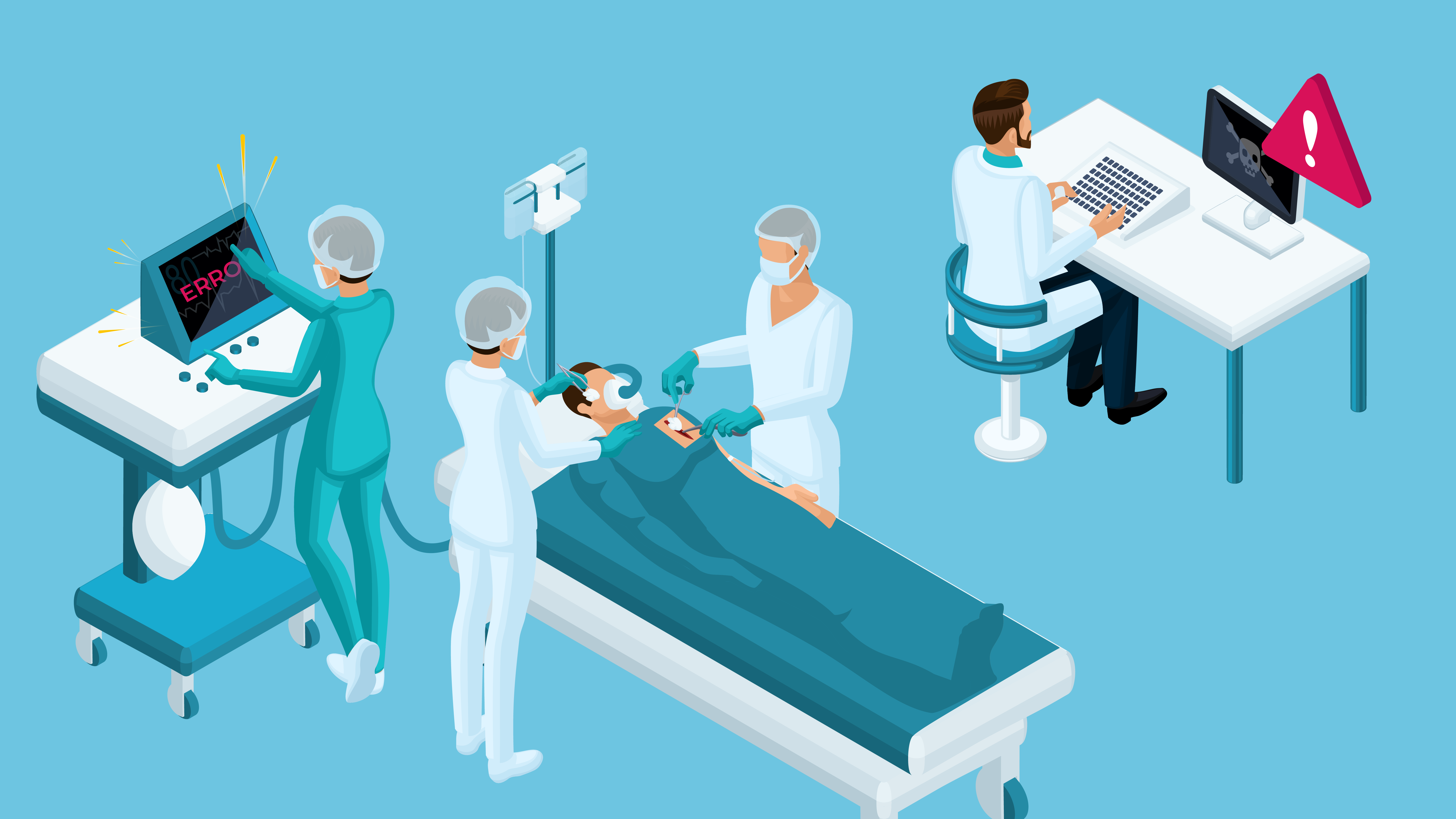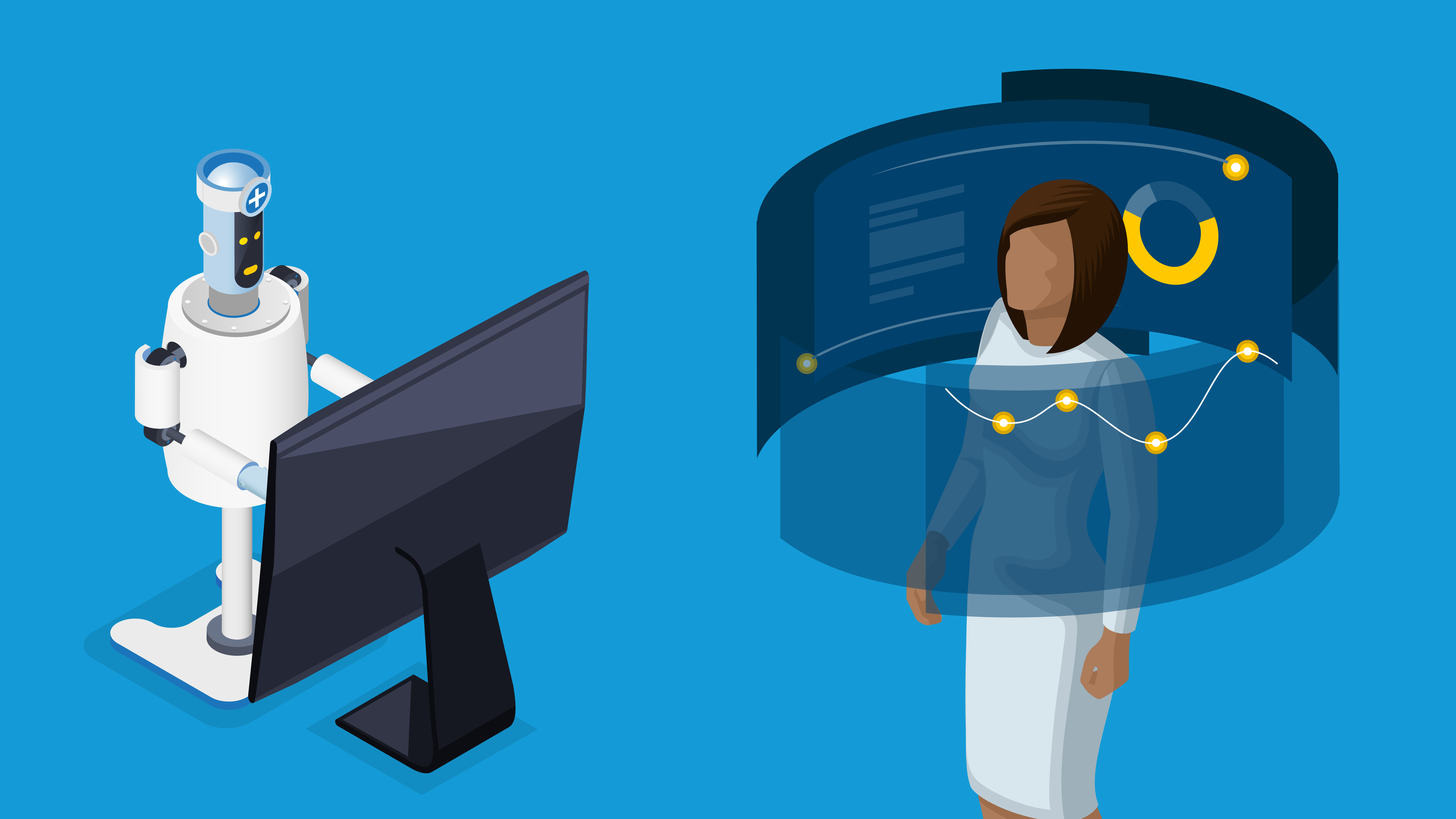Over 18 months into a global pandemic and waiting lists for routine treatments are at record highs. In the UK, there are fears the Covid backlog could reach 13 million. These patients need to be treated safely, effectively, and quickly. So, the NHS is increasingly turning to digital health options, and are embracing the use of robotic surgery. Hospitals in London, Liverpool, Oxford, Stevenage, Coventry, and Norwich are now beginning to use new robotic surgery machines, like the da Vinci and Ion.
These machines require a significant outlay and need ongoing maintenance, pushing up the cost of surgeries. But the rise in robotic surgery fits neatly into the NHS’s long-term plan to equip clinicians with the latest digital tools and optimise care.
What is robotic surgery?
In robotic surgery, the surgeon operates a robot remotely via a console, although there are always medical professionals present with the patient.
The technology is designed to perform minimally invasive surgery. The machine’s arms are long and narrow, so it only requires small incisions to get to the surgery area. The arms also hold a camera, so the surgeon can see exactly what is going on and operate with precision.
For the surgeon, it’s a more comfortable process. Instead of standing, they can sit, and so get less fatigued. If the procedure is particularly long, a rotating team of surgeons can relay each other.
All this is good news for the patient, resulting in significantly less pain, less blood loss, and a lower risk of infection. With improved clinical outcomes, the patient faces a shorter recovery time and earlier discharge from hospital.
This is great for the patient of course. But it’s also good for those managing waiting lists: the less time each patient spends recovering in a hospital bed, the quicker the next patient can be seen!
How safe is robotic surgery?
There are always risks associated with surgery, and robotic surgery is no different. The da Vinci machine has been in use in the US for several years. In the decade between May 2011 and May 2021, data collected by the Food & Drug Administration showed over 500 recorded adverse events, of which a staggering 33% resulted in the death of the patient.
Yet this does not answer all the questions. 500 is a lot, but what proportion is this of the overall da Vinci surgery procedures that took place in that time? How does it compare to conventional forms of surgery? We don’t know, since we don’t know how many da Vinci surgery procedures took place.
We also don’t know the proximate cause of these adverse events. Was it user error? Or did the device malfunction?
Is robotic surgery covered by insurance?
All of these questions create legal complications. Such complexities will increase medical malpractice and litigation costs. Yet even so, surgeons are reporting an overnight change in attitude, with many hospitals buying their first surgical machines or expanding their fleets.
With this prolific rise in telemedicine, surgeons and other healthcare staff will need adequate insurance protection for the emerging and unique risks which telesurgery presents.
CFC’s eHealth policy includes technology E&O, bodily injury caused by outages and cyber and privacy protection, as well as automatic coverage for practitioners leveraging new tech. Contact healthcare@cfc.com to find out more.



